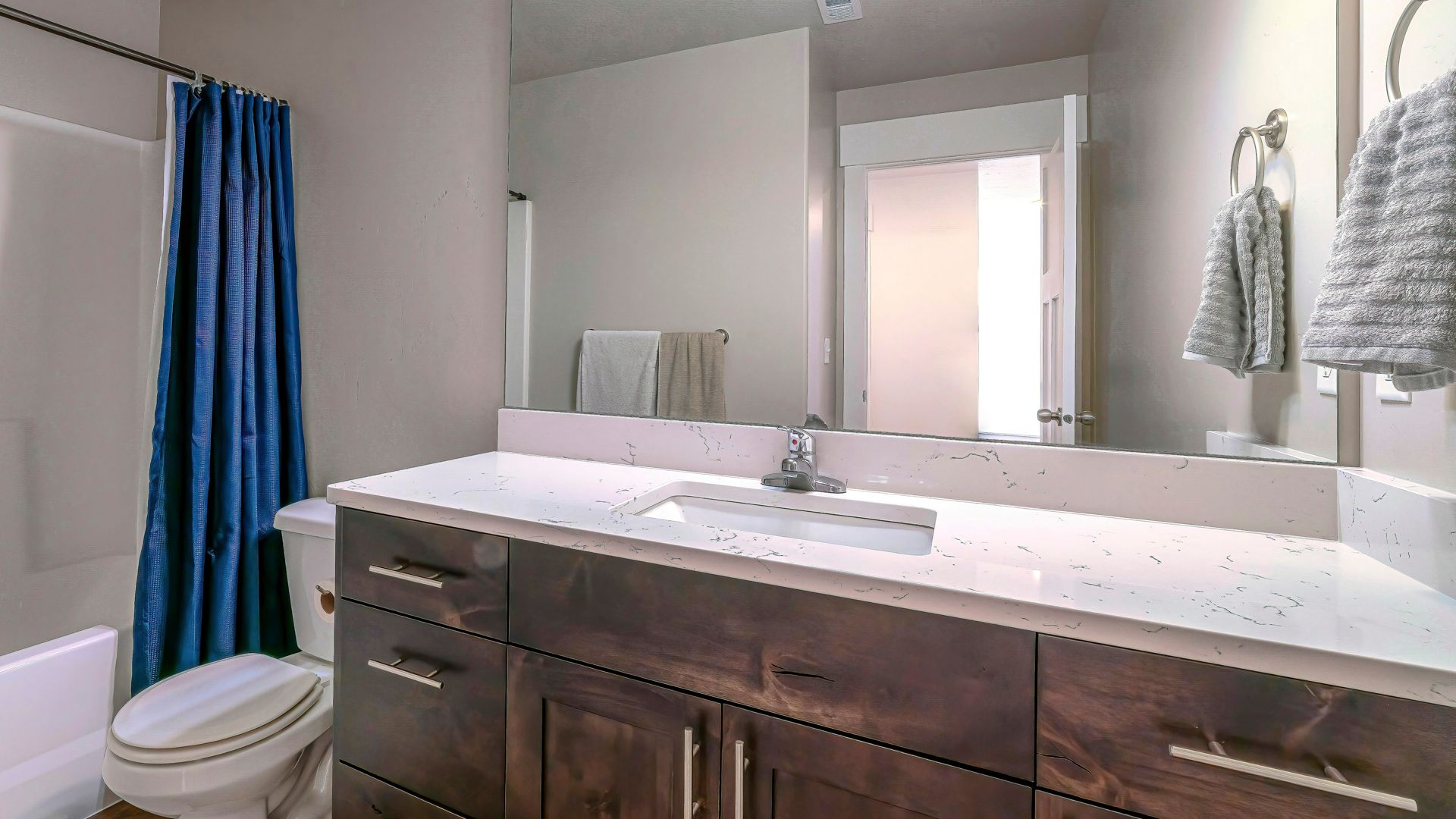Winter is coming, and while some may be mourning the loss of summer, Tux and the team here at A-TEMP Heating, Cooling & Electrical are excited for cooler weather, fall hikes, and bundling up in cozy clothes. Sitting in front of a fire is one of the coziest places we can imagine, and if you take advantage of alternative heating methods, you probably can’t wait to burn those first logs. Before you do, take some time to quickly refresh yourself with some best practices and advice for wood smoke and your indoor air.
How to Manage Wood Smoke and Asthma
Cold weather can make asthma feel worse, and if your airways are already triggered by indoor air pollutants such as wood smoke, you may struggle to feel comfortable and healthy this winter. Wood smoke shouldn’t be inhaled, as it contains traces of tar and harmful gases. According to the Environmental Protection Agency (EPA), breathing in the small particles contained in wood smoke can cause asthma attacks, agitate existing heart or lung problems, and even increase the risk of respiratory illnesses such as bronchitis and COVID-19.
The EPA recommends following these tips to prevent wood smoke from polluting your indoor air:
- Learn how to store wood correctly. Dry wood that has been split, stacked, and covered for six months or more produces less smoke.
- Don’t use alternative heating methods in lieu of an HVAC system. Wood stoves and other heating appliances are a great way to warm up a room or create a cozy atmosphere at home. But using a wood stove to heat your entire home can be hazardous.
- Maintain all heating systems and replace them with newer, more efficient models when it’s time. Replacing old wood stoves with a newer model can save you around 50% on energy waste and reduce air pollution by up to 70%!
Whether you need indoor air quality solutions to help balance your alternative heating sources or just want to schedule furnace or heat pump maintenance, repairs, or replacements A-TEMP Heating, Cooling & Electrical is the team to call!

[1].2110151355550.jpg)